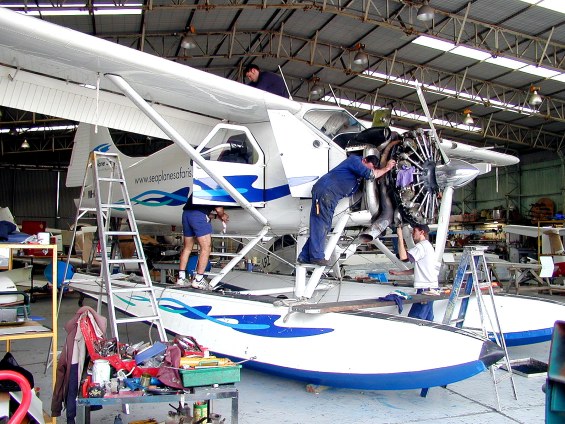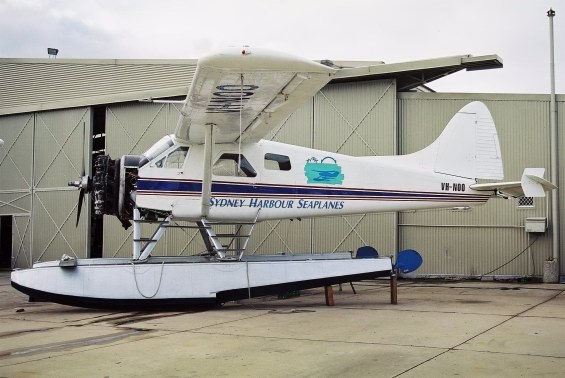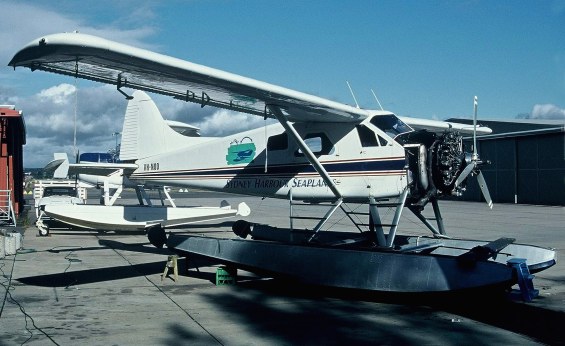|
1535
|
|
|
VH-NOO fine studies by Lenn.
|
|
 |
|
|
Photo: Lenn Bayliss © 05 October 2016 - Aird Archives
|
|
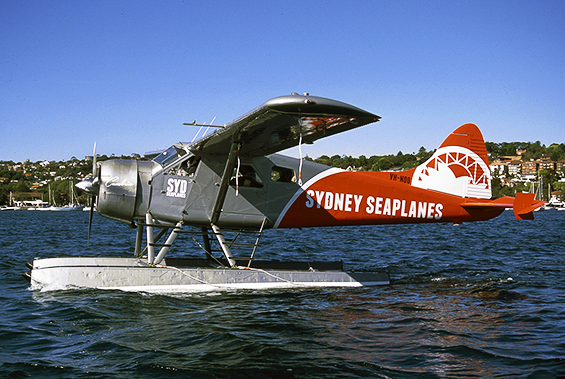 |
|
|
Photo: Lenn Bayliss © 05 October 2016 - Jacques Guillem Collection Aird Archives
|
|
|
VH-NOO at rest.
|
|
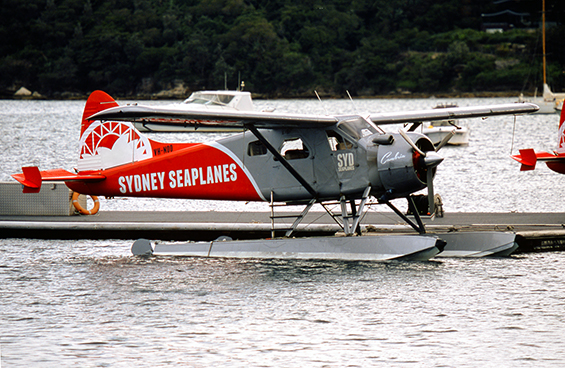 |
|
|
Photo: via C. J.Mak © Date unknown - Aird Archives
|
|
|
VH-NOO first flight after new livery and maintenance with Air-Ag.
|
|
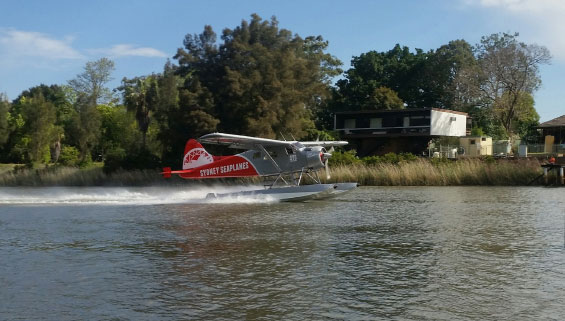 |
|
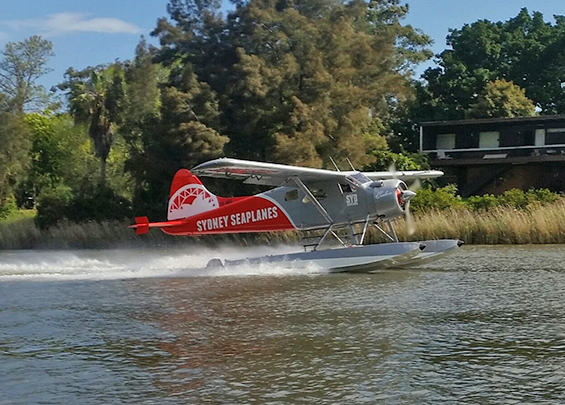 |
|
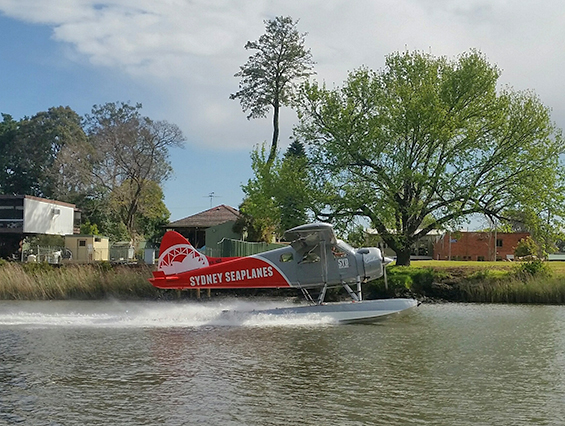 |
|
|
Photos: Rob Britten © 29 September 2016 - Aird Archives
|
|
|
VH-NOO still at work in the flightseeing mode.
|
|
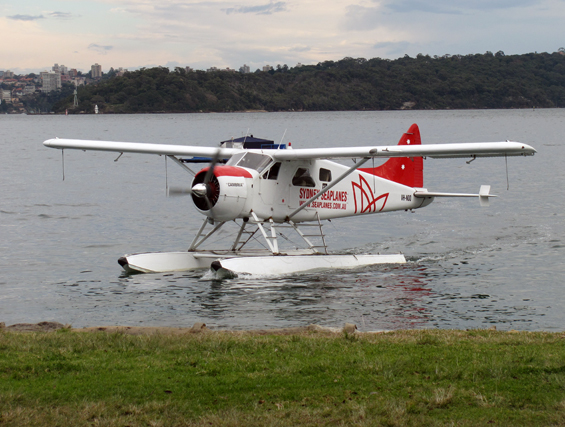 |
|
|
Photo: Michael Greenhill © 13 July 2012 - Aird Archives
|
|
|
VH-NOO all painted up in new colours.
|
|
 |
|
|
Photo: Michael Greenhill © 28 February 2007 - Aird Archives
|
|
|
VH-NOO in partial new colours.
|
|
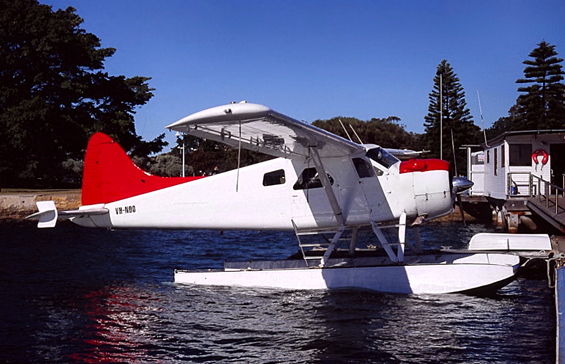 |
|
|
Photo: Warwick Bigsworth © 2006 - via Lenn Bayliss
|
|
|
VH-NOO on a choppy Rose Bay.
|
|
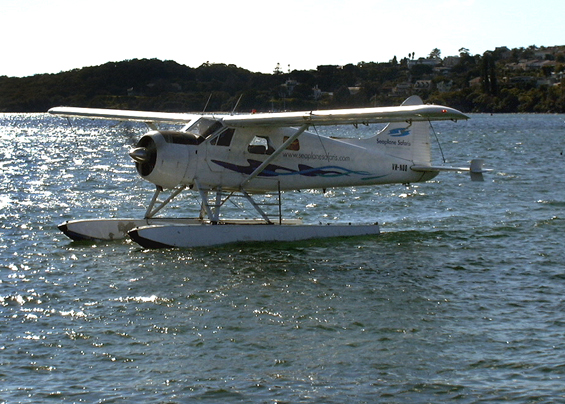 |
|
|
Photo: Michael Greenhill © 16 July 2005 - Aird Archives
|
|
|
VH-NOO at the dock.
|
|
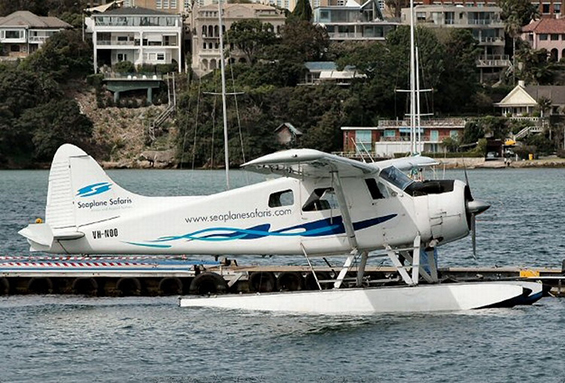 |
|
|
Photo: Unknown photographer © c.2004 - Lance Higgerson Collection - Aird Archives
|
|
|
VH-NOO plying her trade at Rose Bay.
|
|
 |
|
|
Photo: Michael O'Farrell © 30 March 2004 - Aird Archives
|
|
|
VH-NOO "The Office Interior"
|
|
|
Photo: Lenn Bayliss © May 2004 - Aird Archives
|
|
|
VH-NOO in her new livery.
|
|
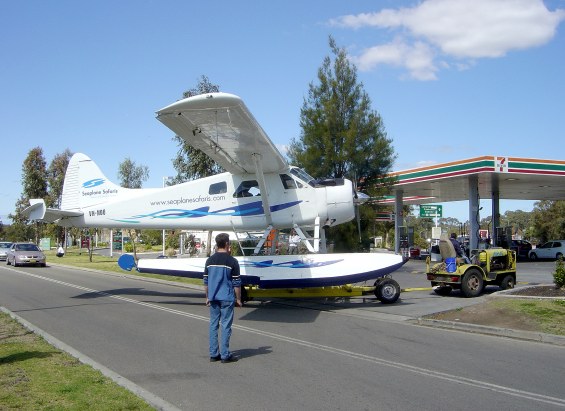 |
|
|
Photos: Harald Mueller © 12 & 13 September 2003 - Aird Archives
|
|
|
VH-NOO at Sydney - Bankstown, NSW
|
|
|
Photos: Lenn Bayliss © June 2002 - Aird Archives
|
|
|
VH-IDI in her bright colours at Armidale, New South Wales.
|
|
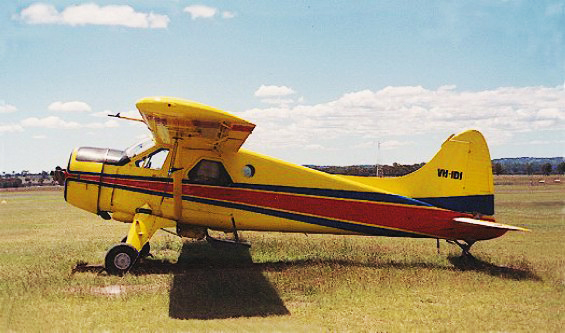 |
|
|
Photo: Joe Barr © 1995 - Aird Archives
|
|
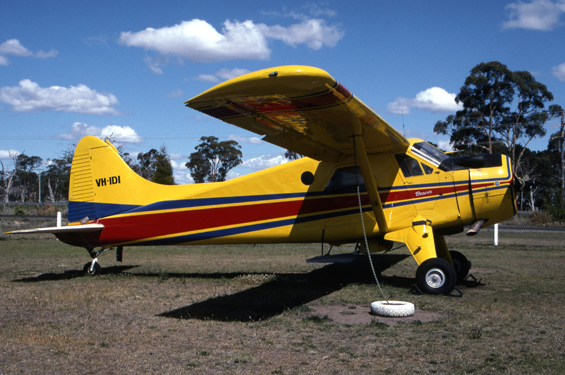 |
|
|
Photo: Unknown photographer © October 1994 - Michael J Ody Collection - Aird Archives
|
|
|
VH-IDI at Evans Head - YEVD, NSW.
|
|
 |
|
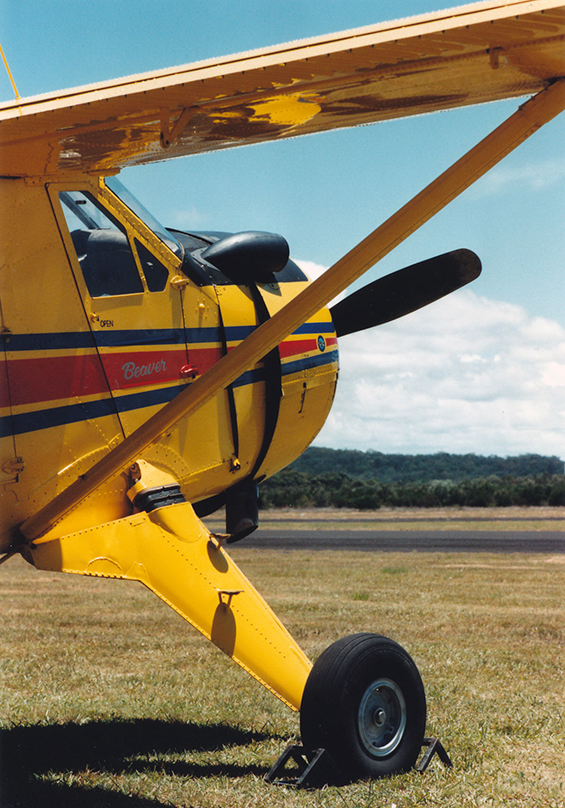 |
|
|
Photos: Lance Higgerson © Uncertain of date - Aird Archives
|
|
|
VH-IDI at Deniliquin - YDLQ, NSW.
|
|
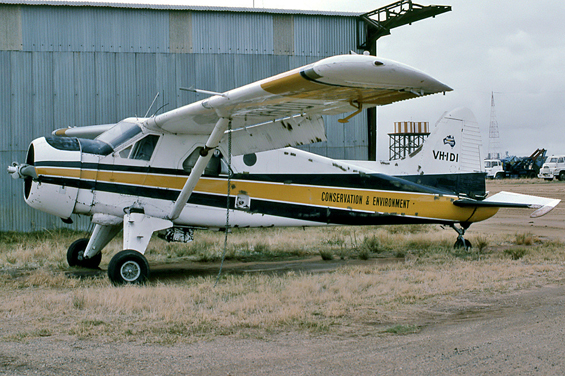 |
|
|
Photo: Daniel Tanner © 25 April 1990 - Aird Archives
|
|
|
VH-IDI at Moorabbin - YMMB, Victoria.
|
|
|
Photo: Lenn Bayliss © 1990 - Aird Archives
|
|
|
VH-IDI with VH-IDO (1545) at Bankstown - YSBK, NSW.
|
|
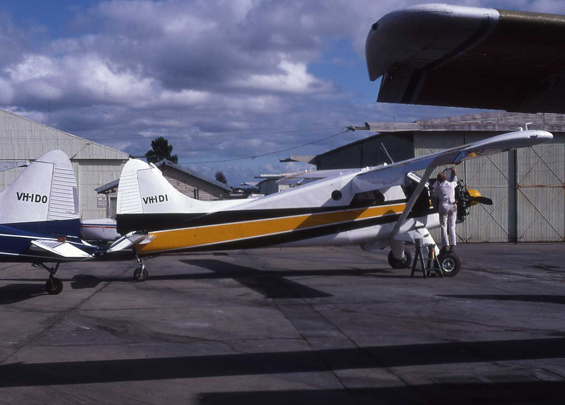 |
|
|
Photo: Peter Lea © 1984 - Aird Archives
|
|
|
VH-IDI weighted down, at Bankstown.
|
|
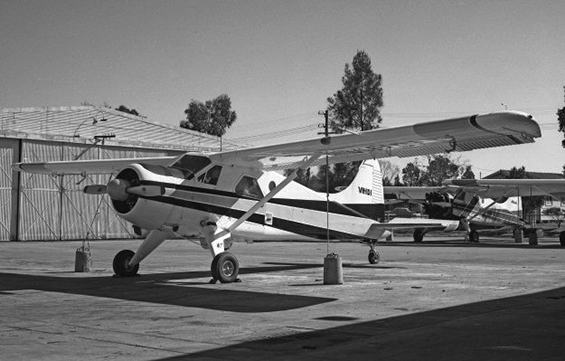 |
|
|
Photo: Greg Banfield © May 1984 - edcoatescollection.com
|
|
|
VH-IDI at Moorabbin - YMMB, Victoria.
|
|
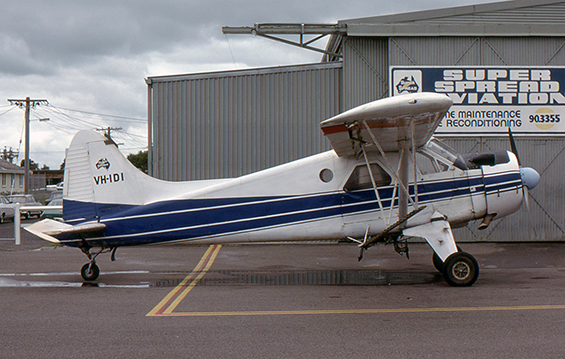 |
|
|
Photo: Unknown photographer © 21 November 1978 - David Carter Collection - AustAirData
|
|
|
VH-IDI visits Point Cook - YMPC, Victoria.
|
|
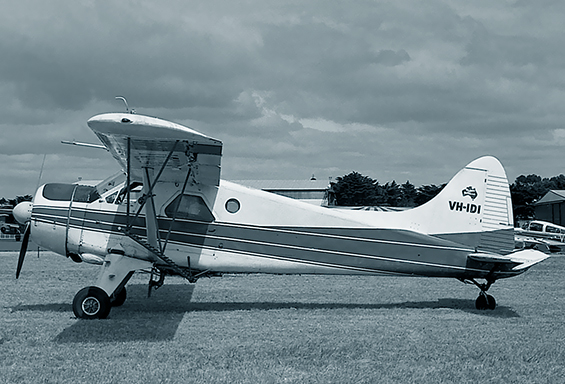 |
|
|
Photo: Unknown photographer © 20 November 1977 - Ian MacFarlane Collection - Aird Archives
|
|
|
VH-IDI at Sydney / Bankstown - YSBK, NSW.
|
|
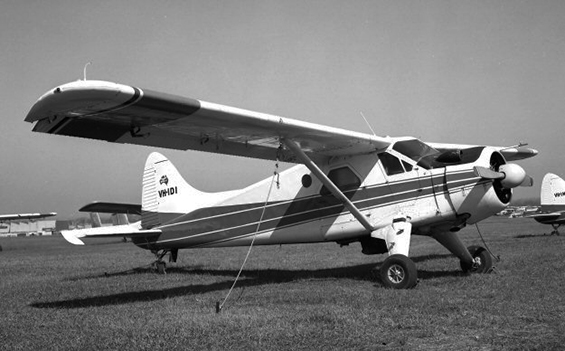 |
|
|
Photo: Greg Banfield © August 1976 - edcoatescollection.com
|
|
|
VH-IDI at Wagga Wagga - YSWG, New South Wales.
|
|
 |
|
|
Photo: Bob Neate / Geoff Goodall © 12 August 1964 - Aird Archives
|
|
|
VH-IDI at Adelaide / Parafield - YPPF, South Australia.
|
|
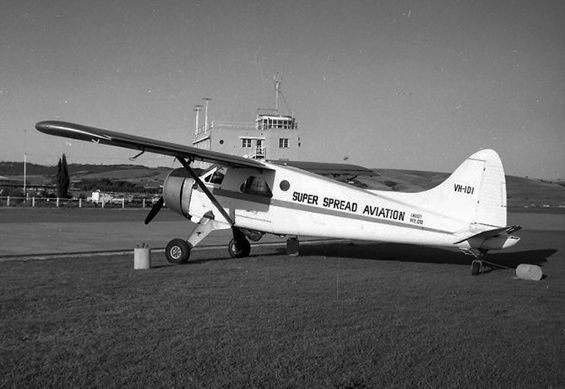 |
|
|
Photo: Geoff Goodall © 1964 - edcoatescollection.com
|
|
|
|
| Early Historical Note:
Accident: Kotupna, 7km west of Point Lookout, NSW. 15-Nov-1996. Possibly while being operated by Leafair. On the morning of the accident, the pilot and the loader-driver left Armidale in the aircraft between 07:15 and 07:30 and flew to the property "KOTUPNA". The task required the aircraft to operate from an agricultural strip 4,400 ft above mean sea level. Superphosphate spreading operations commenced between 07:45 and 08:00 and continued for approximately 1.5 hours after which the pilot and driver refuelled the aircraft and had a break. The pilot remarked to the driver that the aircraft was going very well and requested him to load a tonne of superphosphate. Operations resumed for about 1.5 hours and then ceased again whilst the aircraft was refuelled. After refuelling, the driver and the pilot had lunch and a break for about half an hour. The pilot again advised the loader driver that he would take a tonne, as the aircraft was performing well. After warming up the engine, the pilot made a normal take-off in a northeasterly direction and banked to the left to head southwest to the treatment area. The driver observed that the aircraft was lower and closer into the strip than had been the normal route to the treatment area. The aircraft did not seem to be climbing sufficiently to pass over the hill in front of it. The aircraft was then seen to be in a climbing left turn, toward the driver with superphosphate dumping from it. The aircraft's left wingtip contacted the ground after which the aircraft cartwheeled and came to rest 200-300 meters from the superphosphate dump. The driver ran down to the aircraft and found the pilot still strapped in the seat with no apparent sign of life. He moved the pilot clear of the aircraft in case of fire and then summoned help. The investigation determined that the pilot had initiated dumping 124 metres before the wing tip struck the ground, with a quantity still remaining in the hopper after the wreckage came to rest Examination of the aircraft and its systems did not find any pre-existing defects or malfunctions that would have precluded other than normal operation. Impact marks on the propeller indicated that it was transmitting substantial power at impact and the flap system was found in the retracted position. Inspection of the aircraft records showed that the aircraft had completed periodic maintenance two days prior to the accident. Samples of the automotive fuel being used by the aircraft were subjected to laboratory testing and found to conform to the fuel the aircraft was approved to use. The Bureau of Meteorology estimated that conditions at the time of the accident were, hot with gusty winds predominantly from a west to northwesterly direction. On the surface, the winds were 290 degrees magnetic, 15 gusting 25 knots with the possibility of mechanical turbulence around the hills. The visibility was greater than 30 km, the temperature 28 degrees C and the barometric pressure was 1009 hPa. Additionally, the surface observations and satellite imagery at the time indicate the strong possibility of microbursts in the area. The pilot had advised the driver that he initially thought that he would not be working that day as he had suffered from a migraine headache the previous night. |

